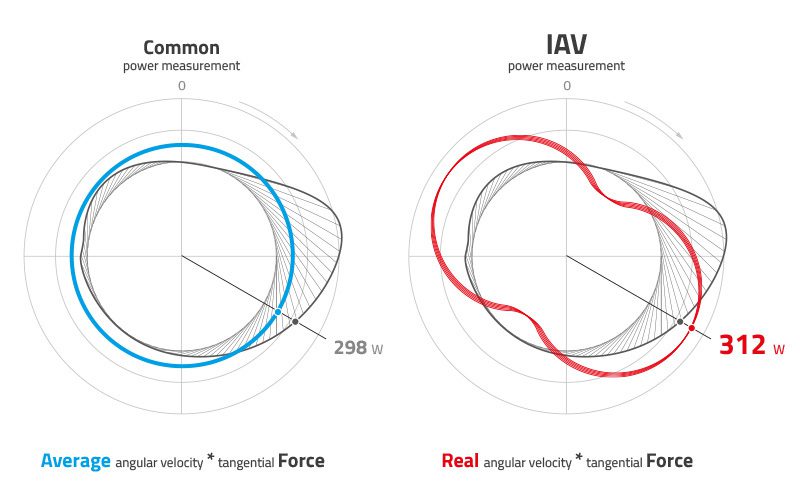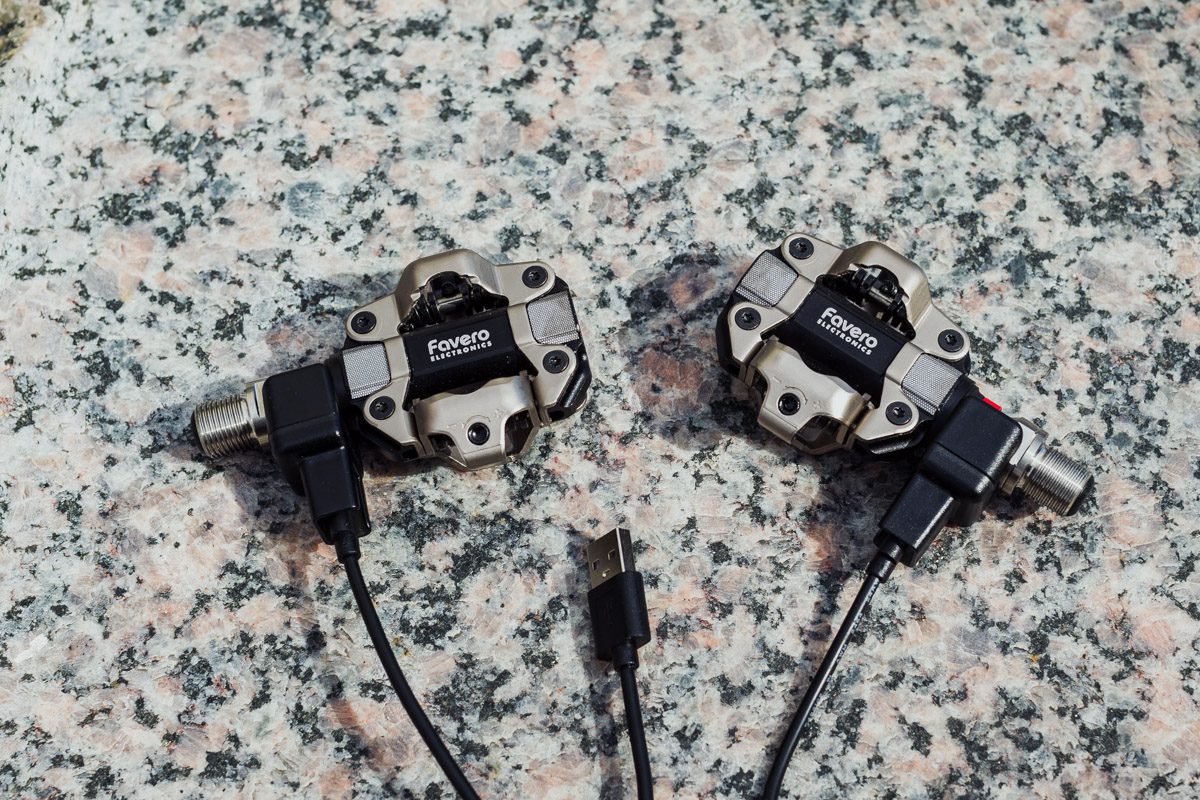So, now that you’ve got yourself a set of power meter pedals, what do you do with them? What are the most important metrics to be tracking to improve your mountain biking?
While the help of a coach can be a huge aid in deciphering the finer points of a training plan, learning what metrics to focus on can also help you develop and improve your own training.
It is also vital that the data you’re analyzing is as accurate as possible. Favero tackles this problem on several fronts. Both it IAV Power and its use of rechargeable data work to ensure you have consistent, reliable data from workout to workout.
Striving for accuracy in a highly variable environment
Whether you are using power data to get faster on trails, gravel or some combination of both, using a power meter that gives accurate measurements across a wide variety of conditions is key. Here’s where Favero’s IAV Power measurement, as used in all the brand’s pedals including the Assioma Pro MX, comes in.
Some power meters use the average angular velocity over a pedal stroke when calculating power. This assumes the pedal stroke is smooth and uniform. Favero’s Instant Angular Velocity (IAV) uses a built-in three-axis gyroscope to observe changes in angular velocity during each pedal stroke. This produces a more accurate power reading in more conditions.
Why is this more important off road? While pavement allows for a smoother pedal stroke, steeper terrain as well as more time standing tends to produce more piston-like pedalling characteristics. This is exactly how trails, and XC race courses, tend to look, too. Because of that, off-road riding can result in wider variations in angular velocity throughout the pedal stroke. A power meter that averages each revolution will miss these changes and lack consistency. Non-circular chainrings (oval, elliptical) also intentionally introduce mechanical changes in angular velocity. Favero’s IAV Power system is one of the few that can accurately measure power for oval chainrings.
Consistent data is key
Accurate data is just the start. A good system has to be able to consistently measure power across a training period, not just a single event, to really elevate a training program. This means a power meter can break or lose power part way through a workout. Both the time for repairs and missing parts of workouts will break up trends in data that help you…
Click Here to Read the Full Original Article at Canadian Cycling Magazine…


